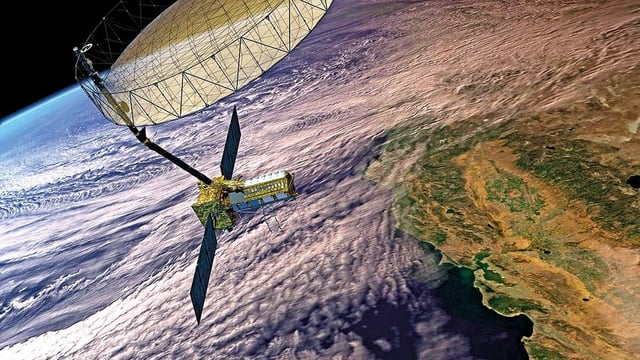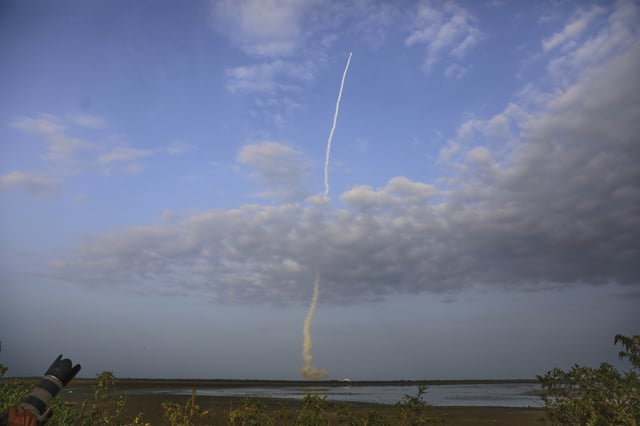Overview
- The mission has begun a critical 90-day commissioning phase that includes deploying its 12-meter mesh reflector and shifting from a 737 km to a 747 km orbit over the next 45–50 days.
- Engineers are testing and calibrating both the NASA-supplied L-band and ISRO-built S-band synthetic aperture radars that will map global land and ice every 12 days.
- Full-scale Earth observation observations are scheduled to commence by late October once boom deployment, orbit adjustments and sensor checks are complete.
- ISRO chairman V Narayanan has confirmed the next NASA-collaboration will be the Blue Bird Block2 communications satellite, due to arrive in India by September for launch on the LVM3 within three to four months.
- NISAR’s open-access radar data will be downlinked via NASA’s Near Earth Network and ISRO’s National Remote Sensing Centre to support disaster response, climate monitoring and agricultural planning worldwide.



